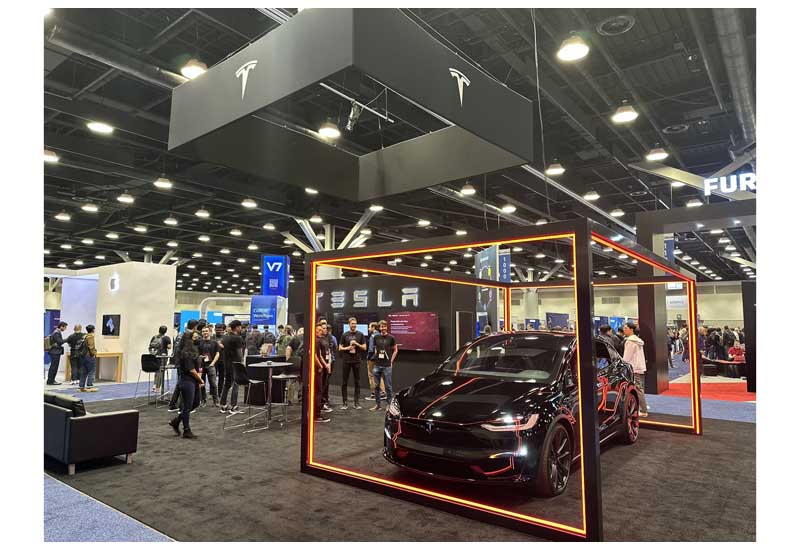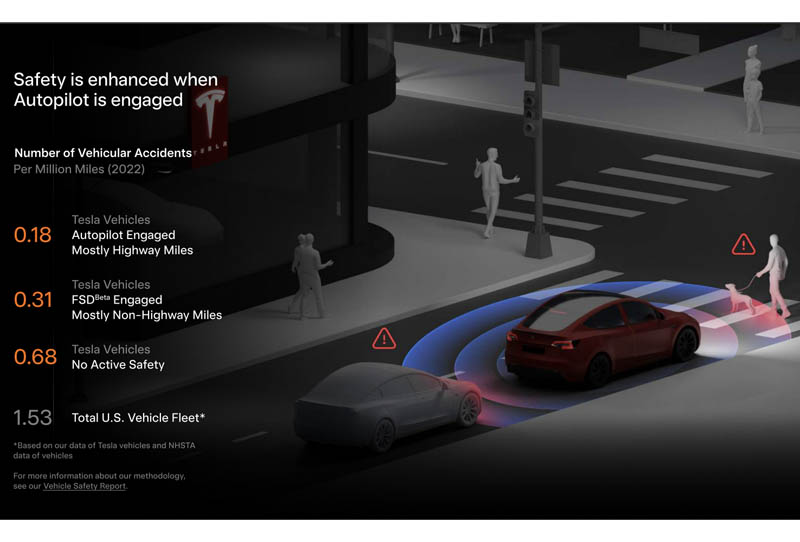Tesla’s long-promised Full Self-Driving (FSD) system has been the talk of the EV town for years now. But is it truly ready for primetime, or just an autonomous pipe dream?
You’ve likely heard Elon Musk boast that Tesla vehicles sold since 2016 are capable of “full self-driving” through over-the-air software updates alone. Of course, FSD’s capabilities today are far from that sci-fi vision. Instead, it’s still a beta-tested advanced driver assistance system, requiring constant human supervision. But Musk remains adamant next level full autonomy is right around the corner.
So when can we realistically expect to take a snooze or watch Netflix from the driver’s seat? The short answer: not anytime soon. FSD’s journey has been filled with delays and dialed-back expectations. What was once promised within reach seems to perpetually remain on the horizon.
Don’t get me wrong – Tesla’s made impressive strides in self-driving tech. However, progress has been slower than anticipated, especially for those who ponied up thousands for the FSD package years back expecting to be chauffeured around by now.
Tesla’s self-imposed target is reaching Level 4/5 autonomy by the end of 2022. For that to happen, FSD would need to reliably drive itself in any conditions without human oversight. But we’ve heard these predictions before, leaving many justifiably skeptical.
The limited FSD Beta currently available still very much requires attentive supervision. And despite Musk’s assurances, most experts don’t believe we’ll see truly autonomous cars materialize for at least several more years.
Tesla’s Feature end to end World Model: The Key to Full Self-Driving?
Another exciting news is Tesla’s Dojo Supercomputer is ready. Large models and neural networks are like taming self-driving. Dojo can process massive data and perform complex AI computations, Tesla AI Power Move at CVPR : Plans to Achieve 100 Exa-Flops by 2024.

With Dojo, Tesla can analyze huge amounts of FSD Beta mileage data to accelerate correcting FSD’s full self-driving capabilities. With Dojo, Tesla’s goal to achieve full self-driving in FSD v12 doesn’t seem like empty promises, Tesla FSD Beta will move out of Beta stage with version 12, Maybe also move from Autopilot and NOA?.
But Musk and his team seem undeterred, steadily plowing ahead with FSD testing and improvements. They tout FSD Beta’s ever-growing datasets, Dojo supercomputer power, and new capabilities like automatic lane changes and stopping at traffic lights.
There’s no doubt Tesla’s uniquely positioned with its vast connected fleet accumulating billions of real-world miles to tap into. But FSD still makes enough boneheaded moves that drivers can’t fully trust it. And there are ethical implications around beta testing such a safety-critical system on public roads.
While Musk touts wanting to ultimately open-source FSD tech, other automakers seem reluctant to collaborate. They could benefit from access to Tesla’s data troves, but likely don’t want to get legally entangled or aid a competitor.
Rather than waiting on Tesla, other players are racing ahead independently. Mercedes just scored approval for Level 3 hands-free driving in California. Given Tesla doesn’t yet accept liability for FSD mistakes, it remains Level 2 for now.
The road to autonomy is a long one. With competition heating up, Tesla faces pressure to deliver on its promises. But most experts urge patience rather than betting on FSD revolutionizing personal transport in the imminent future.
For now, view FSD as an impressive ADAS, not a self-driving panacea. Musk envisions a future where your Tesla can whisk you around while you nap. But we aren’t quite at the point where drivers can abdicate responsibility. Temper expectations, keep eyes on the road and hands on the wheel.
